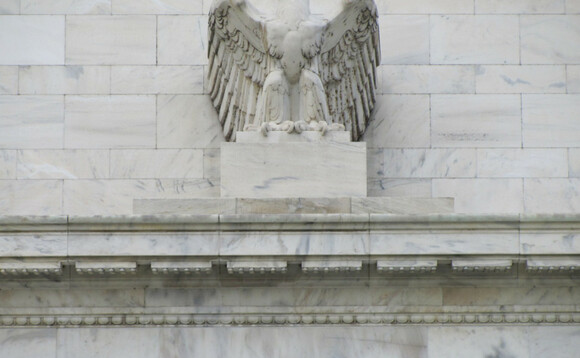US GDP unexpectedly shrank by 1.4% on an annualised basis in the first quarter of 2022, below expectations of 1% growth and down from 6.9% in the fourth quarter of 2021.
The US Bureau of Economic Analysis reported today that GDP had shrank for the first time since mid-2020 amid ongoing supply chain disruptions and rising inflation.
The report stated that the decline had mainly been due to decreases in private inventory investment, a decrease in exports and an increase in imports, which overall contributed 4% to the decline.
The US trade deficit widened to a record high in March, the US Commerce Department reported this week, while many businesses bought less inventory than normal throughout the quarter due to leftover merchandise from late last year, after stockpiling extra goods to protect against supply chain disruption.
Hinesh Patel, portfolio manager at Quilter Investors, noted that "without inflation, the economy grew by a monstrous 6.5% annualised - and that is including the Omicron overhang".
Inflation hit 8.5% in the US in March, the highest level since 1981.
Retail sales fall as consumer confidence tumbles to 2008 lows
In contrast, personal consumption grew by 2.7% in the first quarter, up from 2.5% at the end of last year and contributing 1.8% to GDP growth.
The news came as fears of a looming recession have growth amid indications that the Federal Reserve plans to forcefully respond to rising inflation through interest rate hiking throughout the rest of the year. A widely used indicator of impending recession, the inversion of the yield curve, briefly occurred last month.
Sarah Giarrusso, investment strategist at Tilney Smith & Williamson, commented that the Federal Reserve is in "a difficult position to try and bring inflation down without prompting a recession. The Fed has been signalling for some time that monetary policy tightening was imminent and enacted this at their 16 March meeting, raising interest rates by 0.25%.
"Since then, expectations for the rate of tightening have increased. Central bank governors including Fed Chair Jerome Powell have suggested a 50bp hike at the next meeting (4 May) is a possibility. Money markets have extrapolated this sentiment and are pricing in 50bp hikes for the next three meetings and for rates to reach over 2.5% by the end of 2022."
However, she said that the fear of recession had so far been overexaggerated, arguing that the recent fall in US equities "has been driven mainly by monetary policy" as interest rates have risen.
In addition, many parts of the economy remain strong, with unemployment continuing to decline to near a multi-decade low, as the economy saw 400,000 new jobs created for 11 months straight.
Market Movers Blog: NASDAQ closes at worst level in 12 months ahead of tech earnings reports
Richard Flynn, managing director at Charles Schwab UK, stated that while "the healthy labour and housing market are positive indicators, today's figures confirm there is now no shortage of headwinds facing the US economy, including the consequences of the Russian invasion of Ukraine, persistently high inflation, and tightening monetary policy.
"Consumer confidence is low. We are in a period of counter-cyclical inflation - when high prices put downward pressure on demand and growth. The Fed's eye is on inflation as it tightens monetary policy in a bid to slow aggregate demand and cool price rises.
"With high inflation and low growth expectations, it may be difficult for the Fed to raise rates without slowing growth. Economic data has been generally weakening recently, which is likely to persist, increasing the probability of a downturn."










